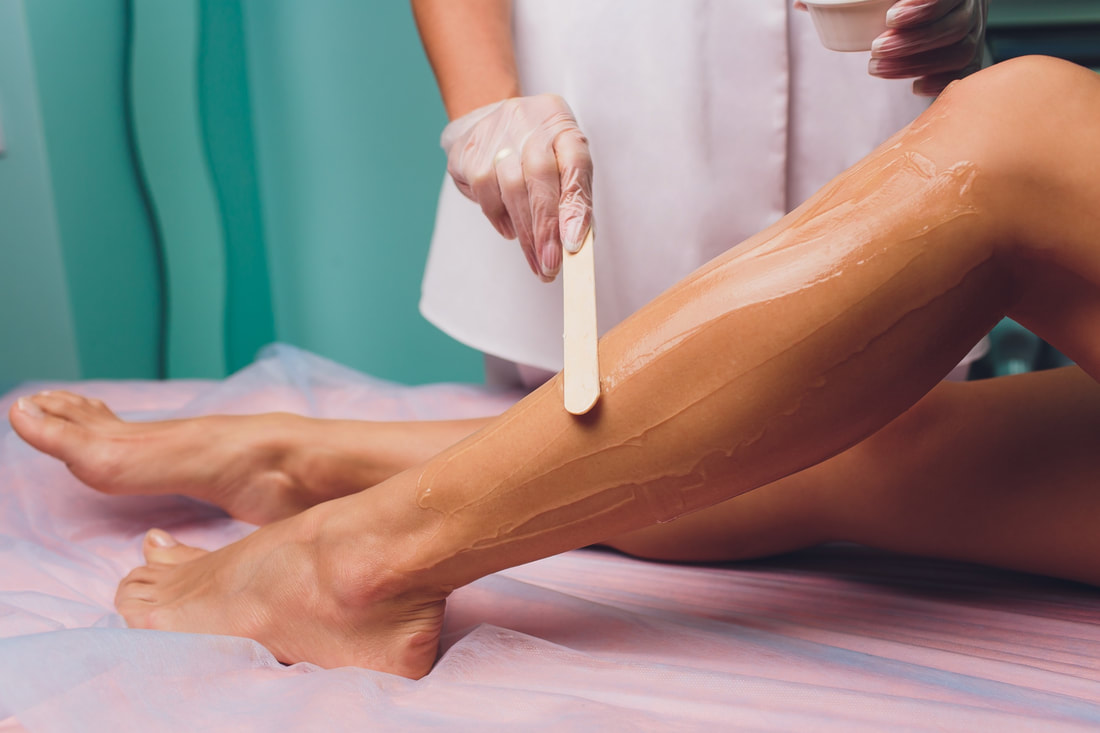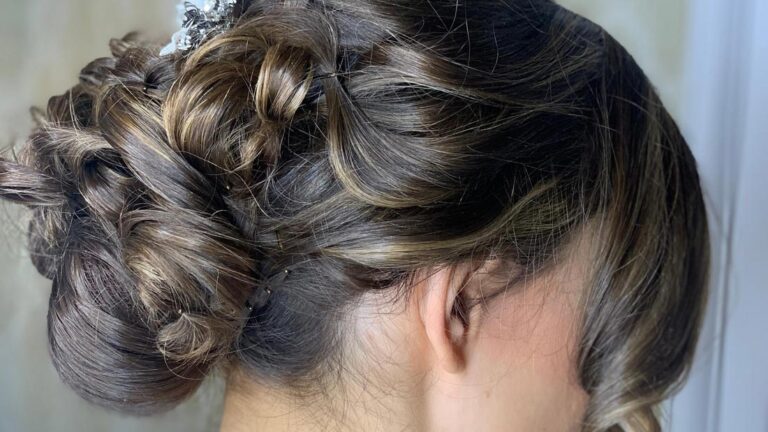
Those of us who have sensitive skin sometimes struggle with hair removal. If you love waxing, you might need good skincare products that are not harmful to your skin. With a range of products on the market, it is good to seek guidance on what to choose and what not to choose.
Let’s chat about waxing and skincare routines that suit sensitive skin types.
Understanding Sensitive Skin
Sensitive skin tends to react more intensely to environmental factors, skincare products, and hair removal methods. It may be visible as redness, itching, or irritation, so choosing a hair removal technique is critical. By recognizing your skin’s sensitivities, you can tailor your waxing routine to minimize discomfort and maximize results.
Pre-waxing Preparations
Achieving a successful waxing experience for sensitive skin begins with thorough pre-waxing preparations. Though some of these can be done at the beauty parlor, a few of them can be done from your home too. Here are key steps to consider.
Skin Analysis and Patch Test
Before a full waxing session, perform a patch test on a small area to assess how your skin reacts to the wax. This precautionary step helps identify potential adverse reactions and ensures a safer waxing experience. To save time, come in before your appointment to do a patch test. That way, you can give your skin some recovery time before continuing your appointment.
Exfoliation for Smooth Skin
We recommend doing some gentle exfoliation at least 24–48 hours before your waving appointment. This will give your skin enough time to run through its cell cycles, clear up any ingrown hairs that need to be extracted during your session, and leave your skin clean and clear. Opt for a mild exfoliator suitable for sensitive skin a day or two before your waxing appointment.
Hydration is Key
Well-hydrated skin is more robust, so ensure your skin is adequately moisturized in the days leading up to your waxing session. However, avoid applying lotions or oils on the waxing day, as they can interfere with the wax sticking to the hair.
Choose the Right Wax
Opt for a wax specifically formulated for sensitive skin. Look for products that contain soothing ingredients like chamomile or aloe vera, which can help minimize irritation. When you approach any beauty professional, you can make sure that the products they use align with your skin type. Make sure to tell them if you have any concerns or preferences.

Gentle Waxing Techniques for Sensitive Skin
Once you do your pre-waxing preparations, you can choose gentle waxing techniques for sensitive skin. You can instruct your beautician to follow a few measures so that there is no harm done to your skin during the process. Here are a few valuable points to consider when you consult your beauty professional for waxing.
Temperature Control
Ensure that the wax temperature is suitable for your skin. Overly hot wax can cause burns or worsen sensitivity. You may also go with sample testing before continuing with a proper full waxing procedure.
Opt for Soft Wax
Soft wax is generally gentler on sensitive skin than hard wax. It adheres more to the hair than the skin, reducing the likelihood of irritation.
Small Sections
You can instruct your beautician to work in small sections when applying wax to ensure more precise and controlled hair removal. This approach is particularly beneficial for sensitive areas, minimizing the risk of unnecessary discomfort.
Applying Minimal Pressure
When removing the wax, apply minimal pressure to avoid stressing the skin. Pull parallel to the skin rather than at a sharp angle to minimize the risk of irritation.
Post-Waxing Skincare to Nurture Sensitive Skin
The care you provide post-waxing is as important as the hair removal process. You may develop skin issues, and it is good to follow a skincare routine post-waxing. Here is how to nurture your sensitive skin after a waxing session:
Cooling and Calming
Apply a cooling gel or aloe vera-based product immediately after waxing to soothe the skin. These products help reduce redness and inflammation, providing instant relief.
Hydrate the Skin
Keeping your skin hydrated is important to support healing, even after your waxing session. Choose a gentle, hypoallergenic moisturizer and apply it regularly to maintain skin health.
Avoid Harsh Products
Stay away from products containing harsh chemicals, fragrances, or exfoliants in the days following waxing. Sensitive skin is more prone to irritation, and gentle, fragrance-free products promote healing.
Sun Protection
Protect your newly waxed skin from the sun’s harmful rays by applying a broad-spectrum sunscreen with at least SPF 30. This precautionary measure helps prevent sun damage and pigmentation issues.
Dealing with Potential Challenges
Challenges may arise when waxing sensitive skin, despite careful preparations and gentle techniques. However, there are ways to deal with them. Here is how to address common issues.
- Ingrown Hairs: To prevent ingrown hairs, exfoliate regularly and consider using products with salicylic acid or glycolic acid to keep hair follicles clear.
- Delayed Sensitivity: Sometimes, skin sensitivity may not appear immediately but could develop in the following hours. Be vigilant and ready to apply soothing products if discomfort arises.
- Redness and Irritation: If redness persists, apply a cold compress and avoid tight clothing to reduce friction. Consider using a calming lotion containing chamomile or calendula.
Waxing for sensitive skin requires attention to detail and a commitment to gentle practices. By understanding your skin’s unique needs, you can achieve smooth, hair-free results without compromising your skin’s well-being. With the right approach by beauty professionals like Glaminator Beauty Bar, waxing can be a comfortable and effective hair removal method for even the most sensitive skin types.
Contact us for a blissful experience!









